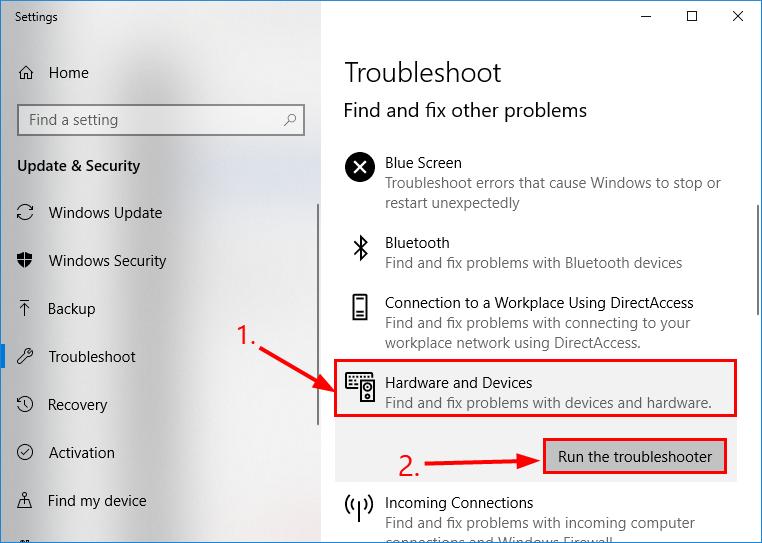Keyboard Delay Windows 10



Windows 10 Iso
Please Customizing your Windows 10 keyboard and the keyboard settings that helps you to work better and more efficiently on Windows 10. If customize the settings, you can determine how long you must press a key before the keyboard character starts (keyboard repeating), this is the speed at which keyboard characters repeat, and the rate at which the cursor blinks.2.) Problems with the keyboard input language?Many Windows-10 PC beginners find it difficult to change the input language. This happens both while typing and when logging on to the system. Often, the question arises of how to set these Windows parameters, and how to personalize the keyboard layout.Here's the solution: ►!(Image-3) Add new input method or change keyboard layout in Windows 10! Info:As you can see, it is quite easy to adjust the keyboard speed yourself, even without much expertise in keyboard mechanics or deeper knowledge of the MS Windows OS.
The elegant solution of keyboard typing speed as well as other keyboard options is not just written for Windows 10, even though this keyboard setting screenshot has been made under Windows 10. As a solution, you can easily apply this keyboard customization to previous versions of Microsoft's Windows operating systems, whether it's a keyboard on the Windows desktop PC or the Mobile Keyboard (virtual input) on the tablet, Surface Pro / Go, or whether even the keyboard is operating system to a server.
In the Speed tab you can see the sliders for Repeat delay and Repeat rate. The first slider deals with how long a key is pressed down before the keyboard letters repeat. Ipazzport mini keyboard pairing. Adjust the slider as per your preference. Now, the second slider says, if you move it to the right, the keyboard letters are repeated more rapidly. How to fix input lag in games on Windows 10. With many of the built-in apps, you can simply right-click the tile in the Start Menu and choose ‘Uninstall’. That is not the case with the Xbox app. Instead, to remove the Xbox app you will have to use a PowerShell command. Search PowerShell in the Start Menu. Right-click PowerShell and choose ‘Run As Administrator’ and answer the UAC prompt. Open the Windows Start Menu and click on the gear icon. Select “Devices” item in Windows Settings. Scroll down and click on “Devices and printers” Find your keyboard item in the Devices and Printers windows and right click on it, the choose Keyboard Settings from the menu that appears. Click on “Speed” tab in the Keyboard Properties window.
.Helpful resources.General rules. Follow. Keep it civil and on topic.